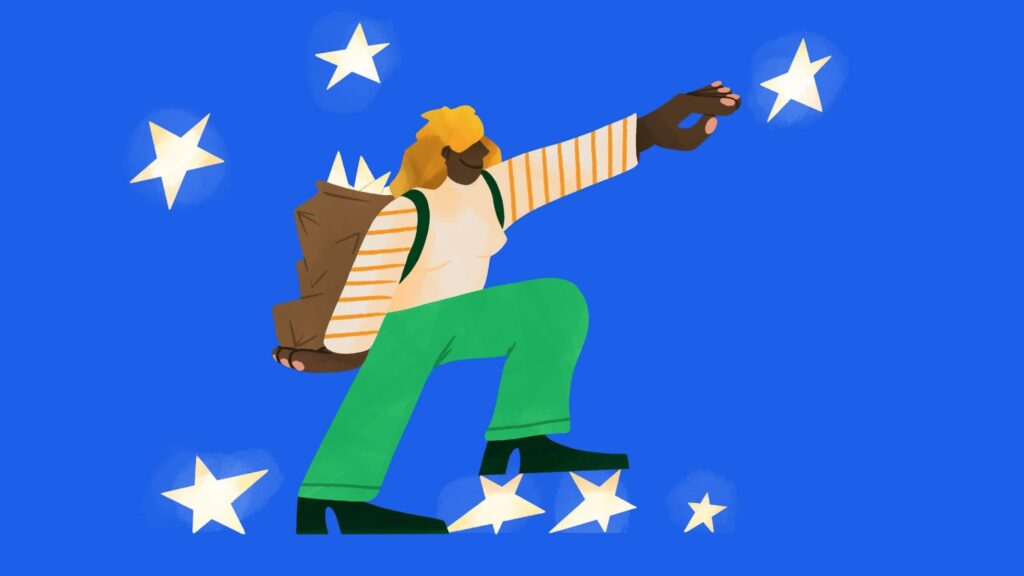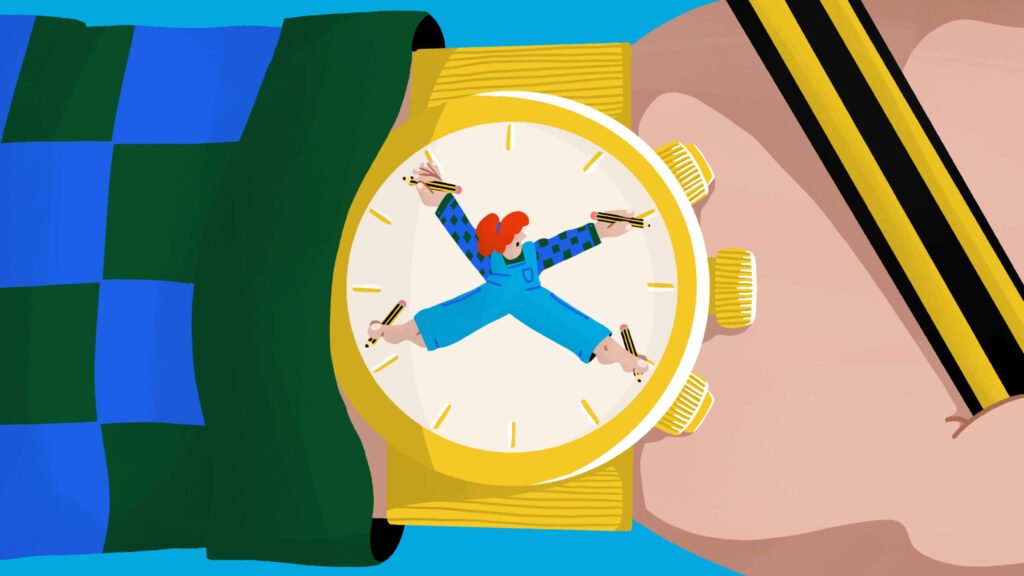One year into the Covid 19 pandemic, and freelancers are still finding the same truth: their income is under threat as the fallout from the virus continues. Clients cancel work, the support by the UK government is questionable at the best of times, and with the regular changes of rules means that freelancers who work in physical locations end up feeling left behind.
Freelancers tend to be great at adapting their business, and this has become integral in the course of this year. So, how do you rework your business to find security in the coming months? Well, you can use passive income.
What is passive income?
Passive income is a method of making money where you are not actively involved on a day to day basis. The method would not be as active as providing a service such as childminding. It requires not much effort to maintain but may require some more work to ‘grow’ it.
What do some options look like?
Subscriptions
Sub based passive income can initially be very simple to set up – you can offer tickets via services such as Eventbrite – where you teach from the comfort of your home. (Thank you, Zoom, you beauty.)
Liam Ward is 32, and is a self-employed harmonica player and teacher. His main source of passive income is teaching harmonica courses online, as well as music sales. He records the courses and sells them through his site; the course is available as a download.
“I also offer a subscription service,” he says “giving access to all my premium lessons and courses for a monthly fee. Again, this costs me nothing, takes very little time and provides ongoing passive income.”
Anything that is subscription-based may need time and effort but Liam pointed out that he has a significant amount of YouTube subscribers, where he uses his platform to encourage people to take a premium course.
When asked whether passive income has become more of a necessity during the pandemic, he replied, “I can only speak for myself, but my working habits have changed massively due to COVID-19.” He added that the pandemic has made him re-think his entire working process, and that it had taken getting used to. However, he added that for the work he puts in now, this income will remain the same – and he can also go back to gigging once the pandemic is over.
Affiliate Links
The concept is simple; if anyone purchases something through a link, you earn a portion of the commission. (You just need to make sure you disclose which links are affiliates – in line with the Advertising Standard Agency rules.) This has tided me over at times – especially when all of my freelance income dramatically dried up in March 2020.
Malvika Sheth is 22, and is the founder and creator of Style By Malvika.
“The two main passive income methods I have are affiliate links and closet sales. I have a closet on a lovely website called WearWardrobe, where users can rent my designer clothing for an allotted period of time.”
Across her social media channels, she estimates she has close to 100,000 followers – and affiliate links are sometimes shared with them as a form of monetisation. Asked if she felt that passive income was needed during this pandemic, she said: “This is highly dependent on the scope of work that you do.
As a freelancer, I would say it’s definitely extremely helpful to have passive income as a blanket of sorts. Since our projects and scope of work varies month to month, it’s important to secure yourself in whatever small way you can.”
Alternative Points of View
Sian Meades-Williams is a friend of UnderPinned’s, and is the founder of Freelance Writing Jobs. Striking something of a skeptical note, she believes that there isn’t “really such a thing as passive income. I make a lot of my newsletter income (from Tigers Are Better Looking and Freelance Writing Jobs) through affiliate sales and donations, and while that means I have money coming in when I’m working on other projects, those revenue streams are work. It’s not nearly as simple as setting up a ko-fi page and waiting for the cash to flood in. You work to build up an audience, you work to build up engagement and trust with your readers, you work to offer something unique. While it’s true that it ticks along in the background, I do more work to create that income than I do any other part of my freelance earnings. The behind-the-scenes work is the stuff that people don’t see, so it looks easy, it looks like success has happened overnight. That’s not the case, it’s ongoing, and it’s constant effort. There’s nothing passive about that.”
While considering the passive income methods you wish to utilise – such as Patreon, creating webinars, etc – make sure that the time you spend is worth the amount that you would make. The scales in this respect should be equal; a freelancer’s best working asset is their time – and although these methods take time to set up, it may be worthwhile in the end.
It may be difficult to create a substantial, positive impact on your finances unless you have a significant social media following where you can promote your services. This can also take time to grow. Having a promotional plan – such as advertising, scheduling tweets, and hosting Instagram lives – may also be beneficial. The Covid 19 pandemic has meant we have all had to adapt, which is where passive income has come into play. It is worthwhile to look to the future, now; with the uptake of the vaccine, a sense of ‘normality’ is at last emerging. Passive income has the potential to lead to a more prosperous and secure future.



